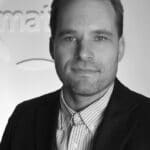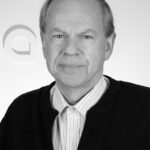
Category: News

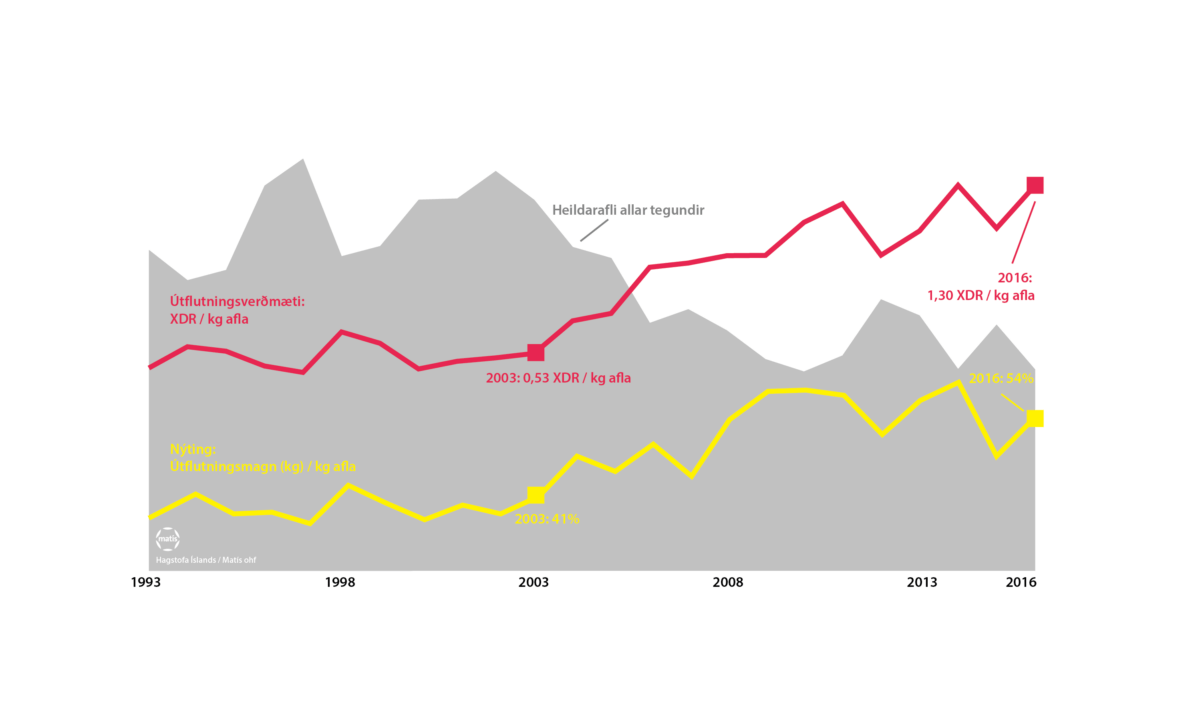
Recently, Jón Atli Benediktsson, Rector of the University of Iceland, and Sveinn Margeirsson, CEO of Matís, wrote an article that was published in Fréttablaðið on 30 November.
There is a good and successful collaboration between Matís and the University of Iceland. An agreement is in force on teaching and research, and it covers, among other things, the sharing of resources and infrastructure, co-operation on research and the development of human resources with the aim of being at the forefront of key areas of Icelandic society.
The agreement between the University of Iceland and Matís laid the foundation for the strengthening of theoretical and practical education in the field of food research and food safety, as well as co-operation in other fields of teaching and research. A total of 64 master's and 23 doctoral projects have been carried out at Matís since 2007, most of them with the University of Iceland.
Sustainable food production is the key to fulfillment global goals of the United Nations. The collaboration between Matís and the University of Iceland also includes a collaboration with the United Nations University's Fisheries School, which operates in Iceland and has supported five doctoral students to complete their studies at the Faculty of Food and Nutrition at the University of Iceland in collaboration with Matís. Iceland is one of the leading fisheries nations in the world and certainly has a lot to contribute to increased food security and welfare in developing countries.
With valuable experience in the bag and an unwavering belief in the value of science for development, Matís and the University of Iceland aim for continued strong collaboration in the coming years. Among the priorities of this co-operation will be the necessary infrastructure development in the field of food and research aimed at the sustainable utilization of life resources on land and at sea.
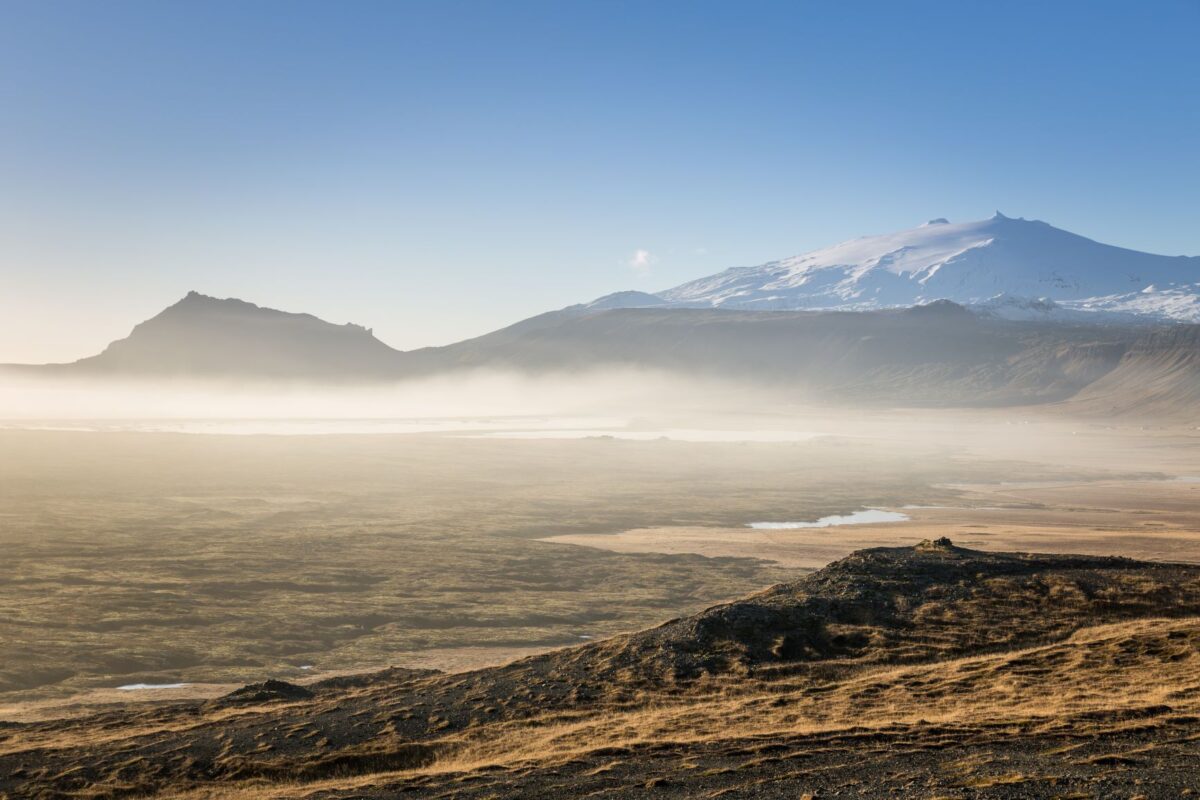
With the support of Snæfellsnessbær, Grundafjarðarbær and Stykkishólmsbær, Matís has worked to promote the utilization of raw materials from the ecosystem of Breiðafjörður through increased sustainable value creation, especially with regard to the need for nutrients for feeding fish. Efforts have been made to create environmentally friendly value-creating innovation within the bioeconomy with the above-mentioned support, which has been important for the development work in which Matís participates.
Since 2014, Matís has worked with Snæfellsnesbær, Grundarfjarðarbær and Stykkishólmsbær to analyze the bioeconomy of Snæfellsnes, with special emphasis on ecological innovation and fish feeding on the one hand, and the impact and share of resources on innovation and discovery. Through the collaboration, Matís' work has been aimed at strengthening the knowledge base of environmentally friendly development and promoting better utilization of raw materials with increased sustainability and value creation as a guiding principle.
The description of the modern age as a time of rapid change does not only apply to the application of information technology or so-called technological revolutions. There has been a great deal of development recently in the development of fish nutrition for centuries on and off the coast of the country, this development is in line with what is customary in aquaculture around the world. Manufacturers' efforts to meet the demands of the consumer market have a direct impact on the procedures and product development of companies. Fish feed has undergone major changes as producers strive to sell their products with the most valuable creativity possible. The composition of feed has changed in terms of the distances to which inputs for the production of feed are transported, just as the mode of transport of products on the market. In the collaboration, the development of fish feeding was therefore extensive.
The communication between Matís 'representatives, experts and students, with stakeholders in Snæfellsnes was crucial for the work that has been done within Matís since 2014. The work that took place within the above agreement fell into all three professional emphases of Matís' research and innovation division, which is in force. have been from the first half of 2016, i.e. exploration of genetic resources, product development and the safe value chain of food. The co-operation with the three municipalities has, so to speak, affected Matís' operations as a whole.
The science and knowledge community Matís used the basis for collaboration with the three municipalities, among other things, to integrate the knowledge search of young scientists, the will of the municipalities and the role of Matís, which assists its business friends in increased value creation, food security and public health. This includes Birgir Arnar Smárason's current doctoral studies at the University of Iceland and a master's project of two students, on the one hand in the field of ocean environment and resources at the University of the Basque Country and on the other hand in innovation and entrepreneurship at the University of Oslo.
Snæfellsnes is interested in examining the basis for continuing this collaboration.
A report on the project is available on Matís' website: http://www.matis.is/media/matis/utgafa/11-17-Greining-lifhagkerfis-Snaefellsness.pdf
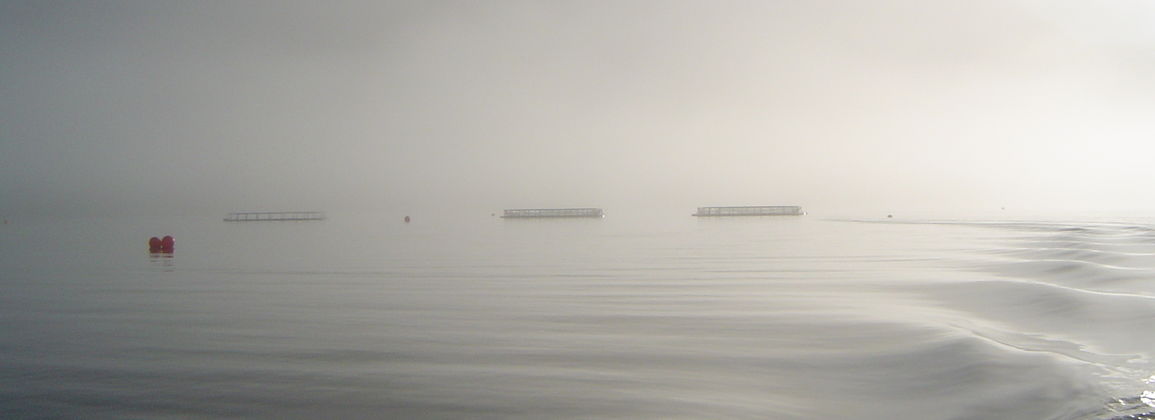
Matís, in collaboration with Íslandsbleikja, the University of Akureyri, Keldur and the Spanish vaccine manufacturer Hipra are working on the development of a specific vaccine for char.
Iceland is the largest producer of char in the world with about four thousand tons of production per year. No drugs other than prophylactic vaccines have been used in charr farming for more than a decade and all chemical use is kept to a minimum. The disease that has caused the most deaths in charr farming in recent years is bubonic plague. Vaccination against the disease, based on a vaccine developed for use in salmon, has not been effective enough to protect charr until it reaches slaughter size. The disease therefore causes extensive losses and loss of income in the industry.
The participants in the project, which is funded by the AVS Research Fund, have now started the development of a specific vaccine against bluetongue, with the aim of launching a powerful vaccine that can be used in charr farming. The project is led by Íslandsbleikja and the results of the project will be available in the second half of 2019.

The President of Iceland, Guðni Th. Jóhannesson, was visiting Rjómabúið Erpsstaðir this week. Þorgrímur Einar Guðbjartsson and Helga Elínborg Guðmundsdóttir run a thriving farm there, but they, together with their children, have been vigorously innovating in recent years and decades. They are truly the image of the Icelandic entrepreneurial farmer.
The president and his entourage were guided through a new sky show and tasted skyr and a new rhubarb juice with a good reputation. The report exhibition is made in collaboration with Matís and will be opened in late winter.
If you have not already visited Erpsstaðir, then everything is recommended that you visit next time it is open with them 😉
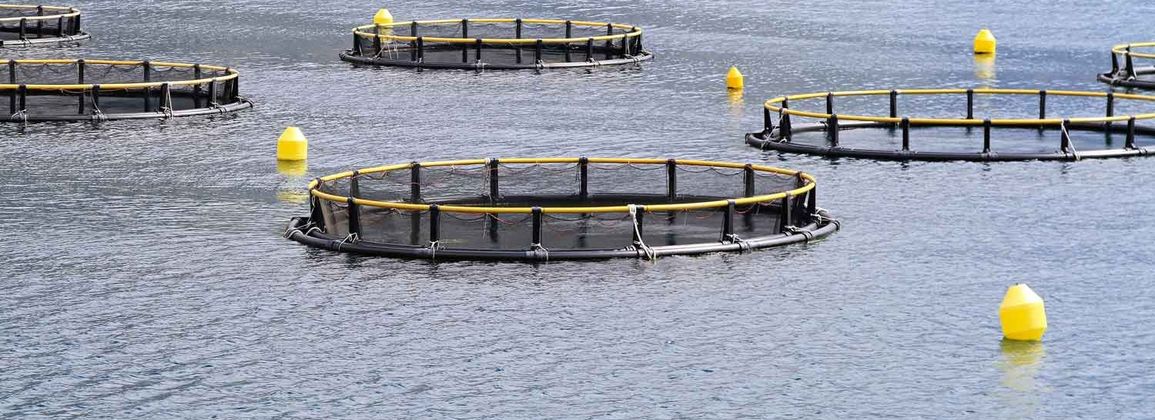
Matís was a participant in the project Aquaculture Innovation Network for northern Periphery and Arctic (AINNPA) funded by the Northern Periphery and Arctic Program (NPA). The project, which was a preliminary project of the partners for the preparation of a larger project, was about connecting small and medium-sized development companies in the NPA area with the aquaculture industry.
Innovation and development of products and services are very important for the sustainable growth of aquaculture. Smaller companies in the aquaculture sector do not always have access to innovation and development companies that can help aquaculture companies grow. The AINNPA project was intended to address this problem by connecting parties and transferring knowledge to the aquaculture industry and opening up new markets for small and medium-sized development companies that have not previously collaborated with the aquaculture industry.
The project's partners, the University of Stirling (UK), the Aquaculture Research Station of the Faroes (Faroe Islands), SINTEF (Norway) and the Indigo Rock Marine Research Station (Ireland) all have extensive experience in research and innovation for aquaculture, each in its own field. The parties met at the first meeting of the project at Matís' headquarters in early 2017 and laid the groundwork for the coming months.
The results of the project were submitted to the NPA Fund in September. They are intended to be the basis for continued co-operation between the parties.
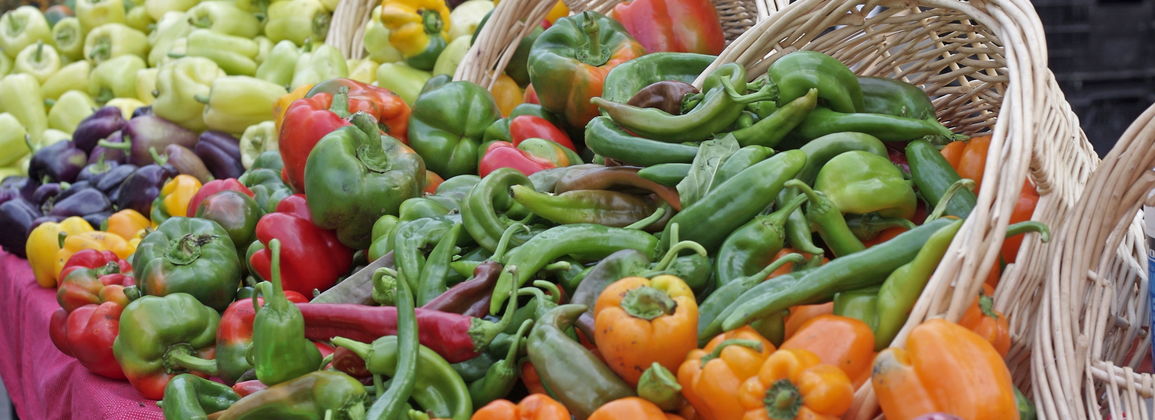
In order to be able to take out and evaluate the diet of the people, we need data. They are not available, at least not recent data. We also need a database where Icelanders' consumption of food is linked to the content of these foods. Without this, we do not know where we stand when it comes to nutrients, contaminants or additives!
This is primarily due to the fact that the Office of the Medical Director of Health, Matvælastofnun, Matís and the Laboratory of Nutrition at the University of Iceland and Landspítali have expressed a strong will to start preparing and conducting a new national survey of the Icelandic diet. At the same time, the government was challenged to secure funding for this important part, both for the implementation of the survey and for the development of infrastructure, for example a database on the chemical content of food, which is necessary for the implementation of such a survey.
The declaration of intent in its entirety.
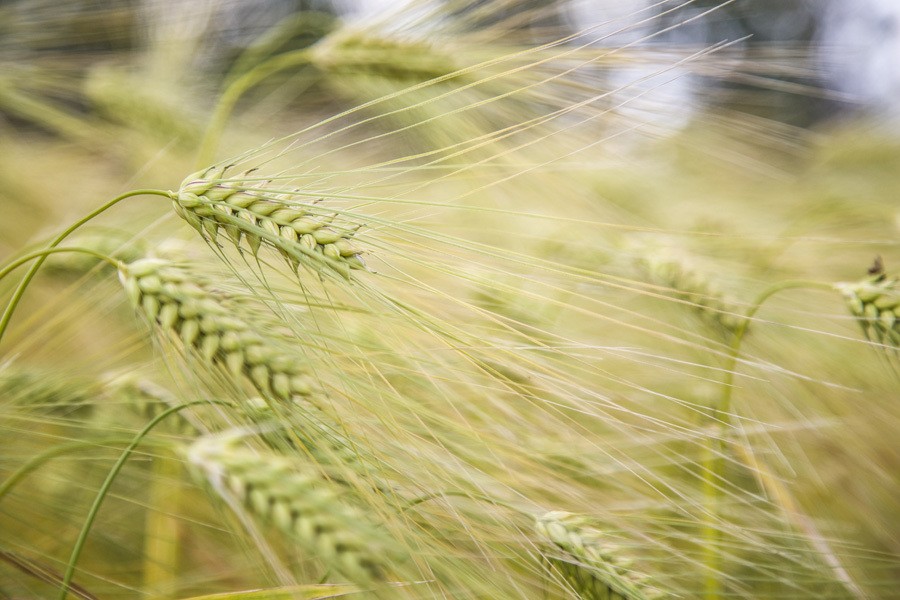
On November 29, a conference on grain cultivation in Iceland was held at Landgræðslan's headquarters in Gunnarsholt. It was stated that it is important to increase grain cultivation in the northern regions to meet the needs of mankind for healthy and nutritious food in the future.
The director of Landgræðslan said that there were large areas in Iceland that could be used to increase barley cultivation. Icelandic farmers have mastered barley cultivation and each year produce a significant amount of good barley, which is primarily used as feed. Barley has very special properties and health value. It is therefore important to increase the value of barley production through the production of healthy and good food. This is being worked on in a project funded by the Arctic Program, in which Matís and the Agricultural University participate together with foreign partners. Barley has a high health value because it is rich in fiber, antioxidants, vitamins and minerals. The fibers are both water-soluble and insoluble. Among the water-soluble fiber in barley is beta-glucan, but it is especially interesting because it promotes normal cholesterol in the blood and reduces blood sugar fluctuations. It is important to know the chemical content of Icelandic food so that consumers can understand their health and choose foods that suit their needs. Matís has a database (ÍSGEM) that stores information about the ingredients in the food. Unfortunately, work on updating this database has been stalled for several years due to no funding for the work. Matís is now working to obtain support so that it will be possible to start updating the database and provide information to consumers, the business community and the health sector.
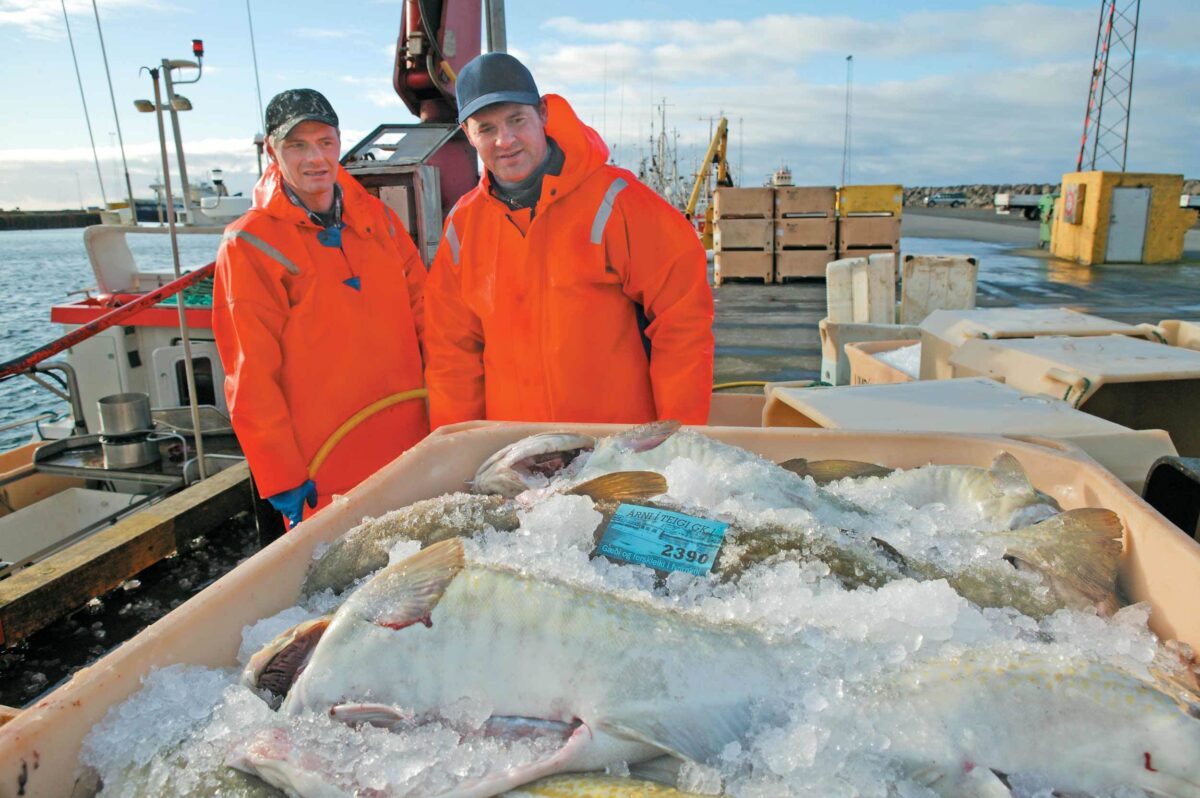
On the 17th of November. Skúli Halldórsson in Morgunblaðið interviewed Svein Margeirsson, CEO of Matís, about the future of the Icelandic fishing industry. This interview was widely covered and, among other things, was discussed about wisdom leaks in Iceland due to political nonsense.
There are all the prerequisites for the full processing of fresh seafood to take place to an increasing extent in this country. This is what Sveinn Margeirsson, CEO of Matís, says. First, though, you need to ask some key questions and answer them clearly.
"For example, we need to ask ourselves; are we selling raw materials or are we selling specialty products? And are we disciplined enough in the value chain - in the transport chain? ”Sveinn asks and continues:
"Now a new retailer, Costco, entered the Icelandic market not so long ago. There has been a lot of talk about the exceptionally high quality of products there, especially in terms of vegetables and fruits. But is there any reason to believe that Costco will get better vegetables into its value chain than other retailers in Iceland, if we assume that this is true? I do not think that is the case, "he says, pointing to the importance of a good transport chain, for example.
"Food production is so incredibly exciting in this respect - the physical properties of the product change depending on how it is handled. This means that if you are really disciplined and have implemented discipline in your value chain, then you bring the product to the consumer in the condition he wants it. If you lack discipline, you will always have quality problems. "
This is especially important when there is fresh produce on the one hand.
"I think we must not forget in this context that a certain part of Icelandic seafood is sold finished and then I am referring to fresh pieces. And there are two things that make it possible for us to export fresh fish, something we could not do before. On the one hand it is due to technological developments, such as better cooling on board, but on the other hand it is due to more discipline in the value chain. More discipline means better handling of the fish, which ensures better raw materials for the processing, which has made great strides, and finally, the transport of products to the final buyer is better, "says Sveinn.
"If we are going to sell expensive special products and if we trust ourselves to go into the process with the discipline that is needed, then I see no reason why we can not produce the product in final packages in this country."
However, the volatile exchange rate of the króna always plays a role.
"Certainly it is necessary to prevent the exchange rate fluctuations of the króna from slowing down processing in consumer packaging. It takes much more long-term thinking and investment to be in this business, than to pull a fish ashore and bring it in a container as soon as possible and directly abroad. "
Sveinn adds in these notes that if biotechnology is to be used to produce products from the sea's resources, such as enzymes from cod for medicinal products (Zymetech) or fish skin for wound dressings (Kerecis), then the raw material must be handled well.
"It is not possible to work with poor raw materials there. The application of biotechnology and the new possibilities it offers means that we must increase discipline in the value chain. "
Sveinn gave a lecture yesterday at the Fisheries Conference on the export value of the blue bioeconomy and what is needed to increase it fivefold over the next ten years. In a conversation with 200 miles, he mentions that from 2003, when the AVS (Increased value of seafood) research fund was established, and in 2004, when the Technology Development Fund was established in its current form, the value of marine products per kilogram of catch increased by 151% until 2016.
"And this, in my opinion, happens because at this time a fairly stable environment" goes hand in hand ", at least it is not being overthrown in a very regular way," while the system has been encouraging development and cultivating human ambition. to do better, "says Sveinn.
"In fact, I believe that there are all the prerequisites for this development to continue. Perhaps the most important thing is that we continue to look at the bigger picture in this, that politics is not going into the gear of just looking at its own constituency and some special interests, which both in the long and short term harm the industry, and can do even more so now than before. "
The most important thing is to think about how to get the most qualified people to work in the economy.
"All this political nonsense, let me tell you, it causes wisdom in the industry. By far the biggest opportunity for Iceland, but at the same time falling from a high saddle, is to be a philosopher, both domestically, especially towards young people, and also towards people with a background abroad, whether they are Icelanders with experience in foreign markets or foreigners who are interested in coming here to work.
I am of the opinion that we need to place great emphasis on the fisheries sector, and the entire blue bioeconomy, being exciting and that people are aware of the opportunities inherent in the industry, both for themselves and also to make a difference, in this country. as abroad. It's not least important who is on board the bus, to quote Jim Collins, author of From Good to Great. "
Sveinn emphasizes that it is possible to evaluate the success of the industry on the basis of actual data.
"There is a lot that can be achieved there. We are not well enough equipped, with the current system, to analyze, for example, what we are exporting. It is still the case that the third or fourth largest export type is the so-called "second catch". Until we get to the point where we can at least say what we are exporting, there are obviously untapped opportunities there. "
Furthermore, the fourth industrial revolution, which Sveinn says has in fact begun a long time ago, is an incredible opportunity.
"In every fish processing plant in Iceland, a picture of the fishing grounds is being created every day; what fish came out of the sea, size and carcass. And during the fishing, the temperature of the sea, the air temperature, is being measured, and in fact the vessels could be measuring much more. A lot of information about quality and physical properties is created during processing. By making better use of the information generated by fishing and processing, we can gain much more knowledge about the marine environment and connect with more environmentally conscious consumers at the same time. This is important for the sustainable utilization of Icelandic marine resources, but it is no less an export product to apply Icelandic knowledge and methodology worldwide and thus promote the sustainable utilization of the resources of all the world's oceans. "
Sveinn calls for more parties in the fisheries sector to be involved in the overall policy-making of the industry.
"If we look at the value chain of seafood, we have long since stopped looking at it just as fishing, good health, and many steps have been taken towards respecting this as a whole economy, where technology companies, scientific research and marketing play a major role and are closely related. What is needed now is for all these stakeholders to have their say in fisheries policy. We must formulate a clear policy, with the aim of becoming the leading fishing country in the world. I really think it's obvious we can do that. "
Sveinn also mentions the education system as an example of something that could be brought closer to modern requirements.
"Education related to the fishing industry is a key factor for the growth of the industry, and the entire education system, but especially the university environment, needs to better understand that times have changed a lot in the last ten years. We must not be stuck in the mindset of the university environment to publish science articles only for the sake of science. There must be a strong connection between education and research on the one hand and the interests of society on the other, which in Iceland are closely linked to the fishing industry. "
And Sveinn has in mind more aspects of the fishing industry.
"For example, there are a number of opportunities associated with new transport routes to and from the country, both by air and by sea," he says, adding that air travel is shaped by more fuel-efficient aircraft than before, which opens up the possibility of more exports to Asia. Changes in shipping routes to the north could also open up more markets where the opportunities are not only in food, but also in the distribution, development and marketing of health products.
"There is actually very little plowed field and huge possibilities," says Sveinn.
"Domestic consumption of seafood has increased, but we have not been using tourists specifically for image creation. The connection between tourism, food and the pure unspoiled nature of Iceland - I think there are great opportunities there. "
He also looks at the Treaty of Paris.
"The fishing industry has achieved very good results in environmental matters and by far the best of all industries in Iceland. Now we need to think it completely cold; It pays to allocate very cheap electricity to smelters, when there is a shortage of electricity for drying fishmeal and, what is the future, to bring pelagic fish from feed to human consumption. Is it worth disposing of the electricity in this way? "
It is also necessary to assess how investment is prioritized for innovation projects.
"In my opinion, we have a good grasp of resource management, as we are very rich in resources. If you look at the value chain of meat products, the profit is usually much lower when sourcing raw materials than when processing and selling them. In the fisheries sector, the opposite is true, in general. Profits in fish processing are thus relatively small compared to the processing of other foods.
Because of this, we need to think about it, is it a priority to get even better at managing resources, using the methods we have been using? Or do the opportunities lie more in focusing more on the processing and its connection to marketing, where the processing is the center of the value chain?
As you do so, you are not only developing a product, and deciding on raw material sourcing based on what the market demand is, but you are also managing the data on the physical properties of the product. This will help you improve your fisheries management and marketing. This is something that I think is very important to look at. "
Online marketing is another issue that Sveinn says needs to be looked at more and more.
"Many people in their thirties and younger make the majority of their purchases online in various product categories. Last year, Black Friday sales on the West Coast were higher online than in traditional stores. This is a development that is taking place in food and in seafood. I am absolutely convinced that technological revolutions will have a significant, if not really radical, impact on the environment of the Icelandic fishing industry for the next ten years or so, "he says and adds:
"We should not be afraid of this development at all, but see it as an opportunity. This could be the next big leap forward for the Icelandic fishing industry, celebrating technological revolutions and taking advantage of them to create new products, reach new customers and utilize the raw materials in other ways, and possibly reduce the emphasis on communication with traditional retailers and start selling yourself, get in touch with the consumer directly and start telling the story of Iceland, connect the product with unspoiled nature and clean energy.
The interests of agriculture, fisheries and tourism, and thus of the Icelandic nation, go hand in hand in this matter. I think there are great opportunities for the fishing industry to take the lead in this area. The fishing industry is a strong and strong industry and could in fact lead this debate forward. That Iceland is really seen as a natural pearl that is used to build an image that strengthens online marketing. At the same time, the tourist has become a kind of ambassador for Iceland, where he experiences good seafood and other products from the sea and takes that experience back to his homeland. "
Finally, Sveinn says that the trend is that fewer young people enter the labor market and there is much more competition for labor than before.
"This demographic development, together with the fourth industrial revolution, means that change is taking place much faster now than it did just ten years ago. That's why I think people need to think outside the box. For example, the operation of bookstores was certainly not so bad ten to fifteen years ago. "Since then, incredible changes have taken place," he says.
"Matís, for example, is currently involved in a project under the auspices of the European research program, Horizon 2020, called EIT FOOD, which amounts to four hundred million euros. Matís is in this project due to expertise in the ocean's resources, together with companies such as Nestlé and PepsiCo, but the goal of the project is to revolutionize the European food industry in seven years.
It is important for us to understand the impact of these revolutions and I think we can lead this development in terms of marine resources, if we are forward-thinking and reasonably daring, without taking any stupid risks as was done in the years before the crash. . We have all the prerequisites to be very leading in the field of utilization of the ocean's resources and to be known for it.
But that requires a clear strategy. I was dissatisfied with the lack of direction that I felt characterized the outgoing government in matters of marine resources. I did not understand where she was going. I did not feel much progress and the discussion did not go in the right direction. I would have liked to see a bioeconomy policy for Iceland approved at this time, "says Sveinn, adding that very good policy-making work was carried out by the Ministry of Industry and Innovation last year and until last spring. However, nothing has come of that work and the budget proposals for 2018 do not reflect the outcome.
"We have to face the fact that it is in the interests of the nation that the blue economy in Iceland is not only doing well, but very well. In order for that to happen, a clear policy is needed. "
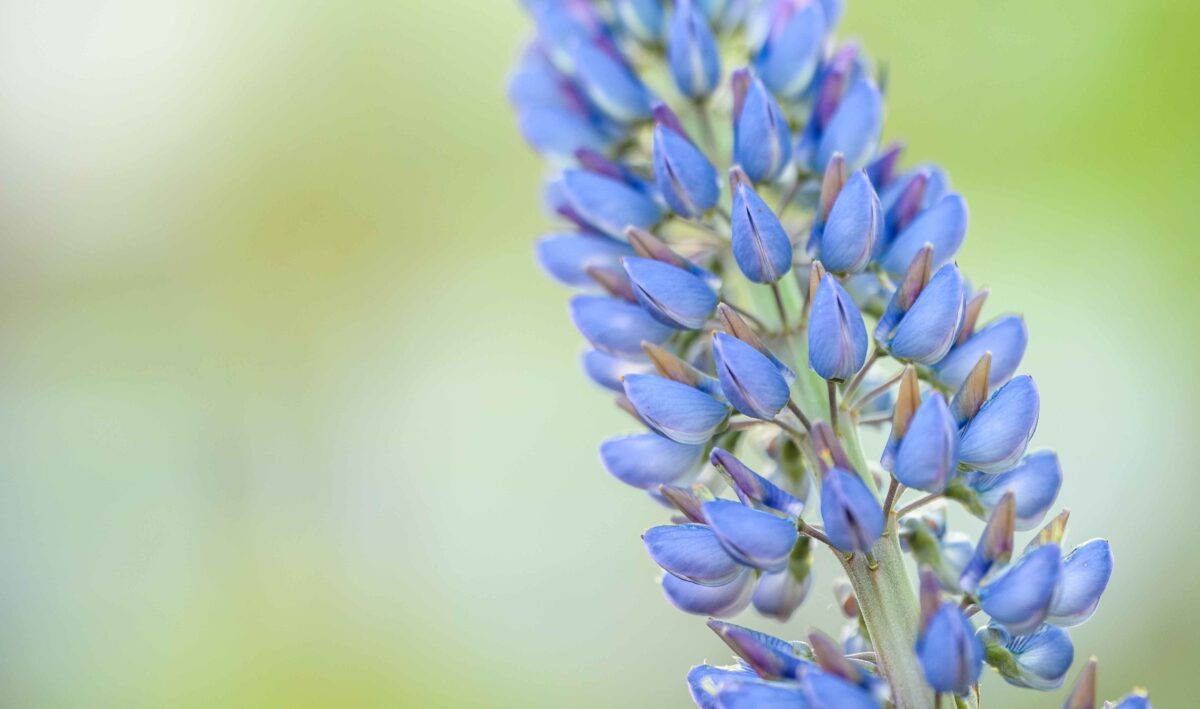
New article, the fourth in a row in issue 30/2017, the international scientific journal Icelandic Agricultural Sciences has come out.
This is a short article and in Icelandic it would be called "Possible effects of the spread of lupine on pollinator communities in Iceland“. The study was carried out in Heiðmörk in the summer of 2015 in an area characterized by mosaics of inland forests, peatlands and dense lupine meadows. Fertilizing insects that were seen were, among other things, the honey fly family, the hairy fly family, the swarm fly family, the house fly family, the housefly (striped flies) and the beetles. The study revealed that significantly more individuals of these six most common genera of fertile insects were found on domestic vegetation than in the lupine meadows in Heiðmörk. This is a simple observation, but the authors conclude that lupins offer worse habitat for pollinating insects in Icelandic nature than the domestic vegetation districts.
This interesting Article can be accessed on the IAS website.

